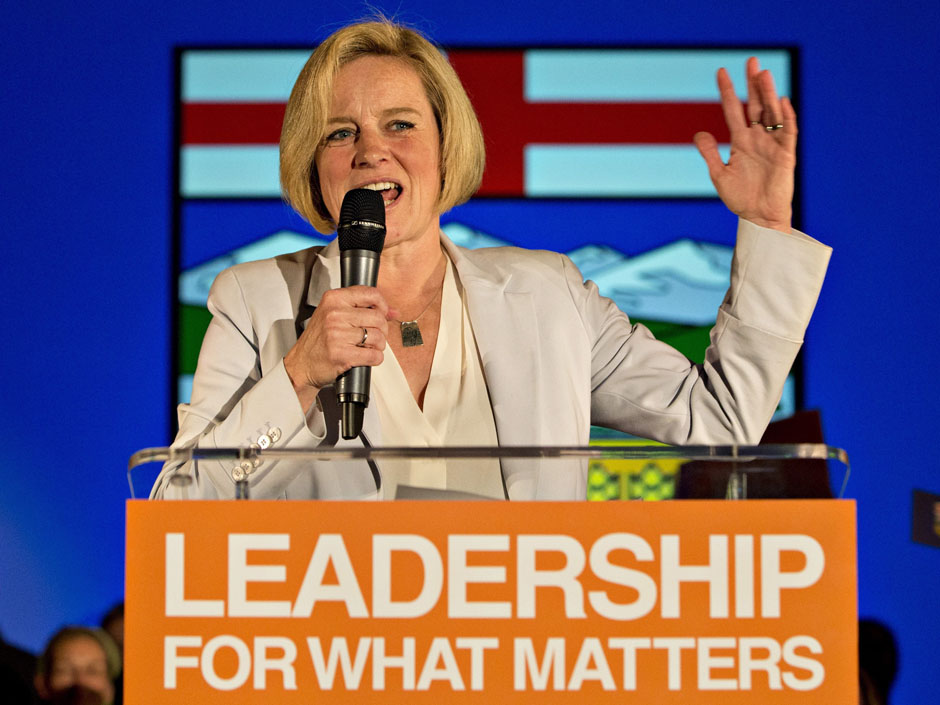Originally appeared in the National Post.
If you’re really worried about the performance of governments across Canada, and beyond, I have some good news and some bad news. We know what we have to do to fix it.
I’ve just attended a “Restoring the Alberta Advantage” gathering in Calgary. By which we meant getting policy right so the province had a healthy government balance sheet atop a healthy economy. The title suggests it was very much about Alberta, whose “advantage” was long thought to involve a cultural disposition against government big or meddlesome enough to make the province an unattractive place to do business, hire people and pay taxes. But in fact that advantage disappeared long ago.
By the late Klein years per capita provincial spending was about the highest in Canada, and overall spending doubled on his watch. So in that sense the discussion had nothing to do with Alberta. It concerned the trans-Canada issue of government spending tending to outpace revenue in good years and bad while even elementary policy reforms are difficult to implement, and focused on tools available to any and all governments to ensure fairness, growth and a healthy budget balance.
The point of good government is to allow people to flourish
It also was not about “conservatism” as an ideology or partisan preference or about developing a policy manifesto. We assembled a diverse group to discuss different tools, some directly fiscal and others regulatory or administrative, and debate which were most important or urgent, or how well they were likely to work. But we ended up with a pretty clear idea of what was in the toolbox and, equally important, what was not.
It’s good news and bad because it means it’s time to stop pretending the problem isn’t serious or that somebody’s suddenly going to have some brilliant idea for fixing it right after the next election. Instead we need to decide which ones to rely on and in what order to restore prosperity and fiscal balance, and how to overcome the administrative and political difficulties in implementing them.
There are dramatically different ways to take in more money
Broadly speaking, the only possible ways to get rid of a big deficit are to spend less, take in more, or some combination of the two. But spending less can mean targeting specific programs for deep cuts, implementing across-the-board reductions, improving efficiency, or slowing the rate of increase and whistling for economic growth. And there are dramatically different ways to try to take in more money, from raising tax rates to lowering them, and reducing unnecessary or counterproductive regulations.
Personally I argued that much public spending is not just unaffordable but harmful. Indeed it is unaffordable because it is harmful. But several participants had ideas for creating greater competition in health care, separating purchasing from provision of services across the board and so on, which would let governments do more with less. Including some compelling lessons from New Zealand about moving to “high performing government,” outlined by the Frontier Centre’s Peter Holle, which should command the particular attention of people who believe in the state’s capacity to do good in our lives. Like the current Alberta administration.
It was also clear that Canada, and Alberta, need a far better regulatory system. It doesn’t have to be more lax. But it must be fairer and faster. A quick “No” often beats an agonizingly protracted “y-e-e-e-e-e-e-e-e-s.” And finally, there is a crying need for a less distorting tax system. Alberta, for instance, could replace most income tax revenue with an Ontario-sized HST, or all of it with one around 12 per cent, and significantly boost growth by increasing fairness and efficiency.
It is clear that Canada and Alberta need a far better regulatory system.
The details are complex. But the outline is clear.
Including that cutting spending, changing regulations and even simplifying the tax system are problematic because entrenched constituencies understand exactly how they benefit from the existing system while potential winners from reforms are more numerous but diffuse and have trouble seeing the indirect harm they now suffer. Which means there’s one more vital tool without which nothing can be done.
Guts.
Actually there is a substitute for guts. Panic. Sooner or later real changes will have to be made. But as several participants insisted, reasonable measures soon can avoid desperate ones later.
The thing is, to get anywhere, politicians and voters must accept that there is a problem and only so many tools available to fix it. They are sufficient to the task. And they are on the table. But there aren’t others underneath it, beside it or about to fall onto it.
So let’s pick them up and get to work.



